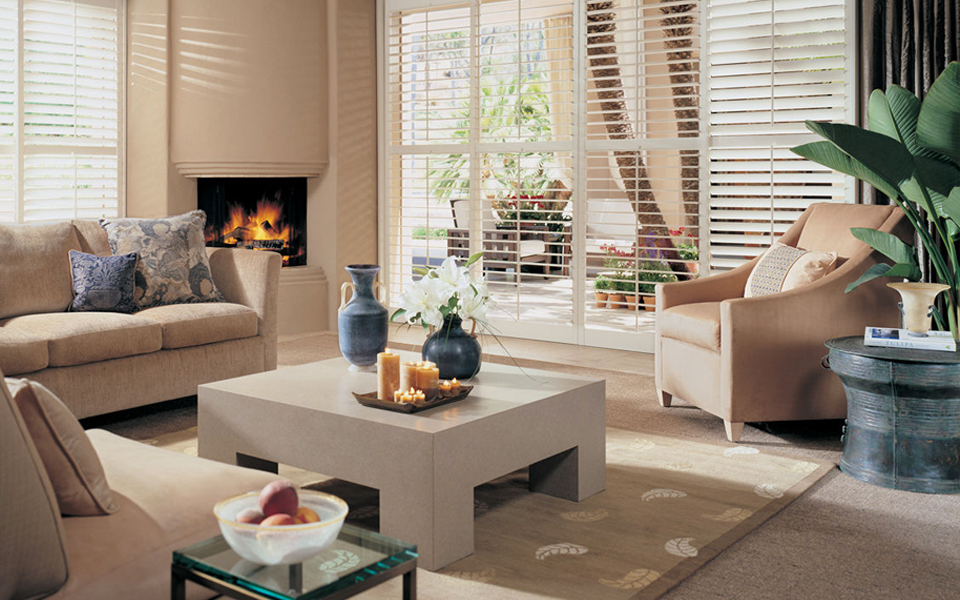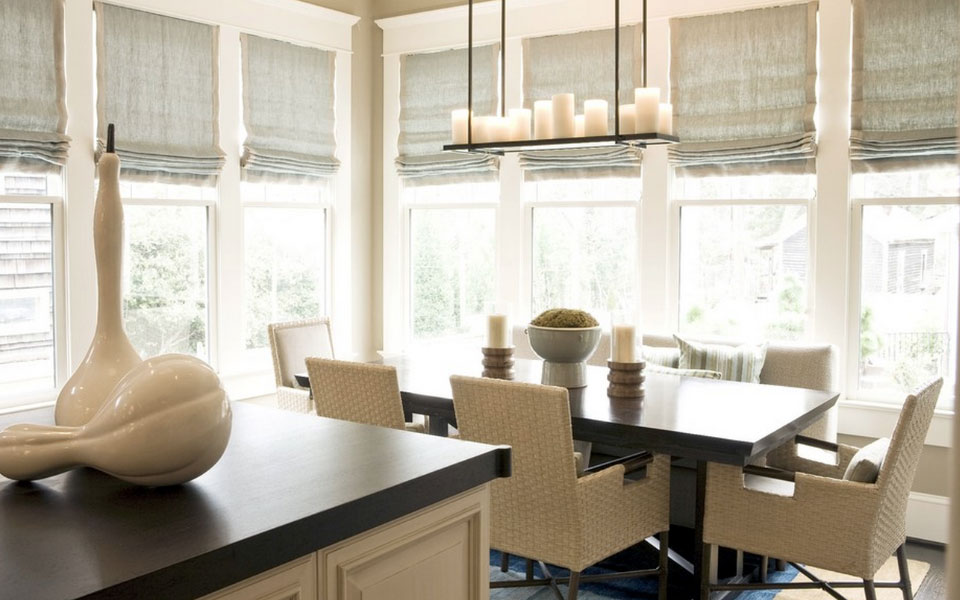Three interior design mistakes to avoid when buying window treatments
December 2, 2018
The way you treat your windows makes a big difference in how you enjoy your home. Done right, window treatments will serve you in a variety of ways:
- Reduce or enhance the light coming into your rooms throughout different hours of the day
- Provide privacy
- Help with temperature control, keeping spaces warm in winter and cool in summer
- Reflect your unique style and taste, and the look you want in each room
 Blinds, shades and curtains can even subtly improve the dimensional limitations of your space, making windows appear larger and ceilings higher.
Blinds, shades and curtains can even subtly improve the dimensional limitations of your space, making windows appear larger and ceilings higher.
When poorly matched or fitted, however, they work against all the things that you want in your home: comfort, privacy, atmosphere and style. Our professional consultants have seen it all when it comes to window treatments, and we can help you navigate the possibilities and the pitfalls.
For starters, here are three mistakes to avoid when choosing your blinds, drapes and shades.
Forgetting to consider location and materials
Different rooms ask different things of your window coverings. Kitchens and entryway mudrooms need window treatments that can be easily cleaned, for example. You most likely don’t want to put honeycomb blinds behind your kitchen sink, or near a stove. Bathrooms, along with utility or laundry rooms need materials that won’t warp due to moisture.
Alternative woods like Everwood – guaranteed not to yellow, warp, or bow – can be just the right thing for these spaces.
You can almost always find the right material for the job without sacrificing your sense of style. Just make sure that you get some advice on your options, learning how each one will interact over the long-term with the way the room gets used.
Mounting too low – and cutting draperies too short
 Many people assume that their window treatments should be hung very close to the top of the window. This tends to compress the size of the window, and also brings the eye down, which makes your space look smaller. Instead, a good guideline is to go up much closer to the ceiling or molding— within an inch or two.
Many people assume that their window treatments should be hung very close to the top of the window. This tends to compress the size of the window, and also brings the eye down, which makes your space look smaller. Instead, a good guideline is to go up much closer to the ceiling or molding— within an inch or two.
In short, hang your hardware high. Doing so makes the most of the space between the window and ceiling, which otherwise tends to be overlooked and underutilized. Aiming up will elongate your windows and give a sense of spaciousness to the room by making the ceiling appear higher.
If you are incorporating curtains, a related principle is to make sure that they’re not cut too high. The ideal is that curtains extend to just barely above the floor, clearing it by a quarter-inch or just slightly more.
You can achieve a romantic, Old World effect in certain rooms with curtains that “puddle” on the floor; however for reasons of safety, cleanliness, and unnecessary wear or damage, be sure that these are spaces that are never occupied by pets or children.
Neglecting the view from outside
 As noted, different rooms may need different treatments depending on your taste and on what the rooms themselves require. One thing to watch out for – and that it’s easy to forget until it’s too late – is how your home appears from the outside.
As noted, different rooms may need different treatments depending on your taste and on what the rooms themselves require. One thing to watch out for – and that it’s easy to forget until it’s too late – is how your home appears from the outside.
For each face of your home, and really for any vantage point that can be had on it from outside, you want to have a consistent look. You don’t want to be looking back at your home from the backyard or the street and see five mismatched types of window treatments. Eclectic can be a great style on the interior, but you don’t want a “patchwork” appearance to cause your home to lose curb appeal.
This is not an issue if you’re able to go with the same style of blinds, shades or curtains throughout your home. But if you have different styles or types in some of your rooms, be sure to work with a professional consultant to help you achieve as cohesive a look as possible when seen from the outside. There are solutions to be had, such as drapery backings, louvered blinds, or shades that all share the same colour.
There are many other pitfalls that professional consultants who know window treatments can help you avoid. They’ll help you define and choose ideal proportions and measurements, sort quality materials from inferior ones, and help you see through sketchy warranties with holes in them.
At Arlene’s we offer a wide range of draperies, fabrics and window treatments, with a special focus on the excellent options produced by Hunter Douglas, a world leader in blind and shade technology. Hunter Douglas has thousands of fabrics and colours that add livability and beauty to your home, along with solid warranties and long-term functionality like antimicrobial fabric protection.
Visit one of our showrooms or click here for a complimentary consultation. We look forward to helping you make the most of your windows!
